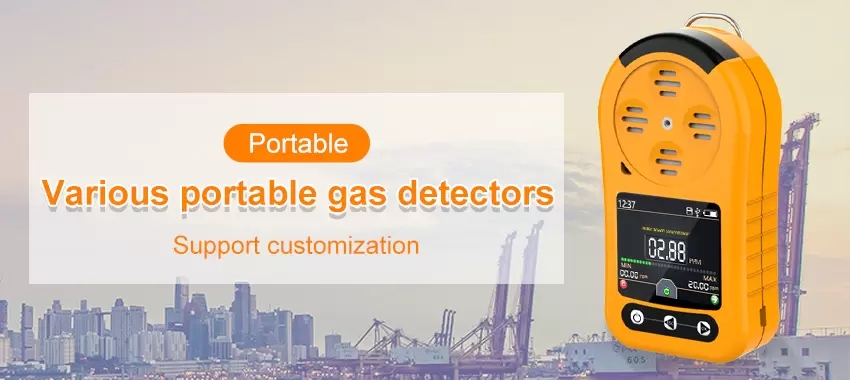What is Multi Gas Monitor

Multi gas monitors are an essential tool for ensuring workplace safety in a variety of industries, from oil and gas to mining, firefighting, and more. These devices are designed to detect multiple gases simultaneously, providing workers with real-time data on the presence of potentially hazardous chemicals in the air.
The benefits of using multi gas monitor are numerous and include improved worker safety, enhanced emergency response capabilities, and the ability to comply with stringent regulatory requirements. In this article, we will explore each of these benefits in more detail and highlight some key considerations when selecting a multi gas monitor for your workplace.
The benefits of using multi gas monitors
Improved Worker Safety
The primary benefit of using multi gas monitors is improved worker safety. By detecting the presence of hazardous gases in the air, these devices can trigger alarms, warning workers to evacuate the area or take other necessary precautions. This early warning system is critical for preventing accidents and injuries in high-risk work environments like oil rigs, mines, and chemical plants.

In addition, multi gas monitors can help identify potential gas leaks before they become catastrophic. By monitoring the concentration of gases over time, workers can detect subtle changes in the air quality that may signal the beginning of a leak. This early detection capability can save lives by allowing workers to evacuate the area or contain the leak before it becomes uncontrollable.
Enhanced Emergency Response Capabilities
Another significant benefit of multi gas monitors is their ability to enhance emergency response capabilities. When an incident occurs, emergency responders need accurate and timely information about the nature and extent of the hazard. Multi gas monitors provide this information by measuring the concentration of gases and transmitting data in real-time to a central control station or directly to first responders.
With this data, responders can make informed decisions about how to approach the situation and what protective equipment to use. This improves the effectiveness of the response and reduces the risk of further injury or damage.
Regulatory Compliance
Regulatory compliance is a critical consideration for any workplace that handles hazardous materials. Multi gas monitors are an essential tool for complying with OSHA regulations and other regulatory requirements that govern workplace safety.
In many cases, regulatory agencies require specific types of multi gas monitors to be used in certain industries or work environments. For example, OSHA mandates that employers provide hydrogen sulfide (H2S) monitors for any workplace where H2S is present. Failure to comply with these regulations can result in fines, legal action, and reputational damage.
Choosing the Right Multi Gas Monitor
When selecting a multi gas monitor for your workplace, there are several factors to consider. These include the type of gases you need to monitor, the range of detection required, the durability and ruggedness of the device, and the ease of use and maintenance.
The type of gases you need to monitor will depend on your specific industry and the hazards associated with your work environment. Common gases detected by multi gas monitors include oxygen, carbon monoxide, hydrogen sulfide, combustible gases, and more. Consider which gases are most likely to be present in your workplace and choose a multi gas monitor that can detect these gases accurately.
The range of tests required will depend on your working environment and the level of risk posed by the gas. For example, large chemical plants may require monitors that can reach hundreds of feet. Small workshops may only need a range of a few feet.
Durability and robustness are also key considerations, especially for multi-gas monitors in harsh workplaces. Look for equipment with a sturdy construction and IP rating that indicates resistance to dust and water.
Finally, ease of use and maintenance are essential to ensure that workers can operate and maintain the device efficiently. Consider features like simple user interfaces, automatic calibration, and easy-to-replace sensors when selecting a multi gas monitor for your workplace.
Conclusion
In conclusion, multi-gas monitors are a critical tool for ensuring workplace safety in a variety of industries. When detecting the presence of harmful gases, emergency response capabilities can be improved. When selecting a multi-gas monitor for the workplace; Consider factors such as gas type, required testing range, and equipment durability. With the right multi gas monitor in place, you can help protect your workers and comply with regulatory requirements.